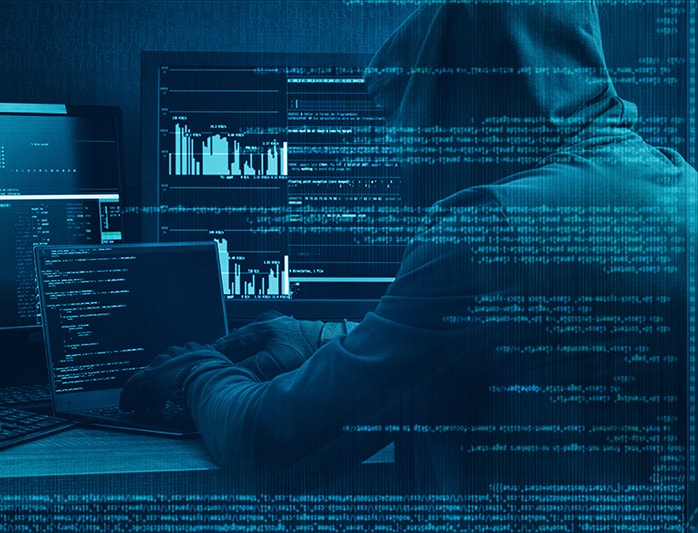Why should I worry about Security?

Preventing Security Breaches will
- Save you money– reduce downtime and data loss
- Best use of your time– focus on fulfilling your mission instead of wasting time reacting to threats
- Secure your data– keep sensitive or proprietary information within the organization
- Meet industry compliance standards– protect the privacy of your staff and clientele
- Instill confidence– build a reputation of dependability in the eyes of those you serve
Explore the various areas where UIS will fortify your systems:
Secure E-mail
Email security is an integral component of organization wide security, as it acts as a door way to outside communication and potential threats
- Secure server
– hosted email solutions - Encryption of data
– information viewable by intended recipients only - Filtering
– protect against spam, malware, viruses, phishing scams, ransomware, and fraudulent emails
Patching & Endpoint Protection
Keeping current and up to date patching keeps systems operating without interruption or slowdowns
- Patch security holes
– patching fills any gaps and addresses vulnerabilities in your network - Endpoint protection
– workstations protected against Malware and Viruses
Wifi Security
Many WiFi deployments lack proper security. We offer a full security audit and will make recommendations/modifications to ensure your network and data are safe
- Secure Corporate Network
– Encrypted connection with unique username and password per user, no shared passwords (Prevents former employees, rouge, lost, stolen devices from maliciously accessing the network) - Guest network implementation
– create an isolated environment for guest users to keep your corporate environment safe (Helps to prevent Data Breaches, Malware/Virus Infections) - Monitor against rogue access points
– routine scans for unauthorized access points that could expose your network to unauthorized users
Employee Training and Guides
Employee training as critical part of defense against security threats
- Group Trainings
– i.e. keeping data protected, phishing, spam, web security, and safe handling of downloaded files - Resources and Training guides
– we provide step-by step how to manuals that keep employees knowledgeable on current threats - Safety Drills
– test employee readiness when confronted with security threats
Threat, penetration, and vulnerability assessment
We will assess weaknesses and vulnerabilities in your system
- Vulnerability scanning
– expose potential compromising deficits in the system - Penetration testing
– strategic testing to expose what data could be comprised by vulnerabilities in the system - Risks Assessment
– to show potential data loss and value of potential loss
Remote Access and 2FA
Policies governing remote access are essential to keeping systems secure
- Secure pathways
– keep information safe between servers and workstations - Double layer protection
– two factor authentication or access requiring additional verification on top of user password - Nothing to steal
– data stored in the cloud not on physical device so lost or stolen devices pose little threat
Implement Security Policies
Guidelines for safety- policies requiring password changes reduce external and internal threats
- Password Policy
– require frequency of password change, password complexity standards, idle screen locks, and account lockouts after multiple incorrect passwords - Application Policy
– implement policy to prevent all unauthorized applications from being launched - Remote device policies
– PIN requirements, encryption, and remote wiping of lost phones and devices.
A recent Verizon report suggests that “small” data breaches which see less than 100 records lost come with an average cost of $18,120 to $35,730, but in a worst-case scenario could reach $555,660.

